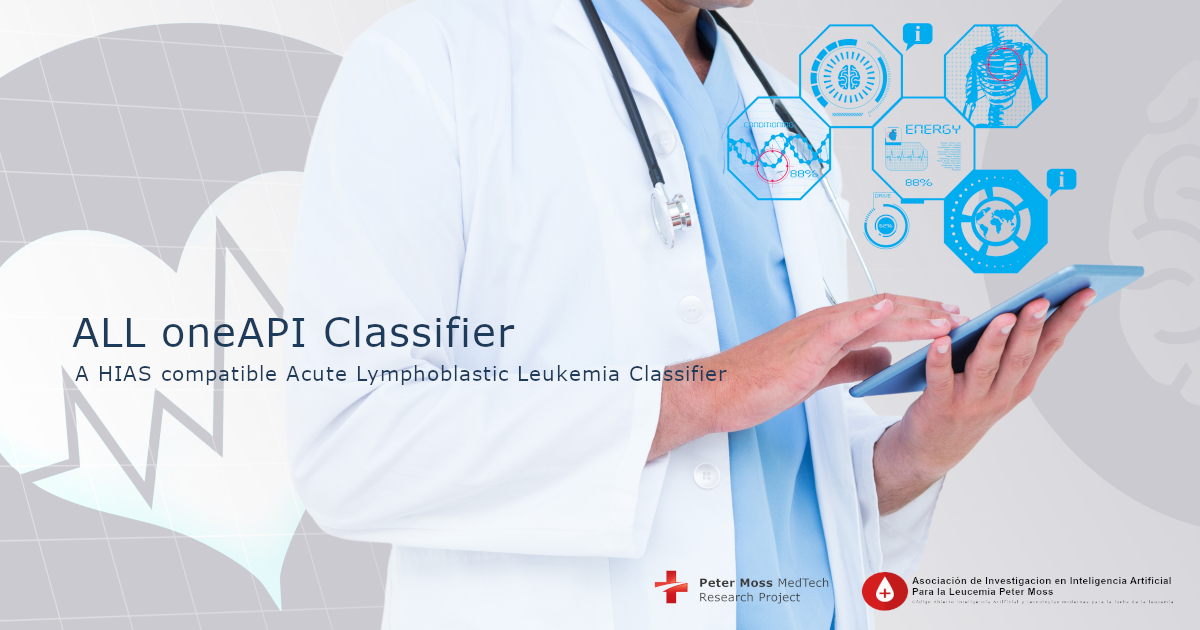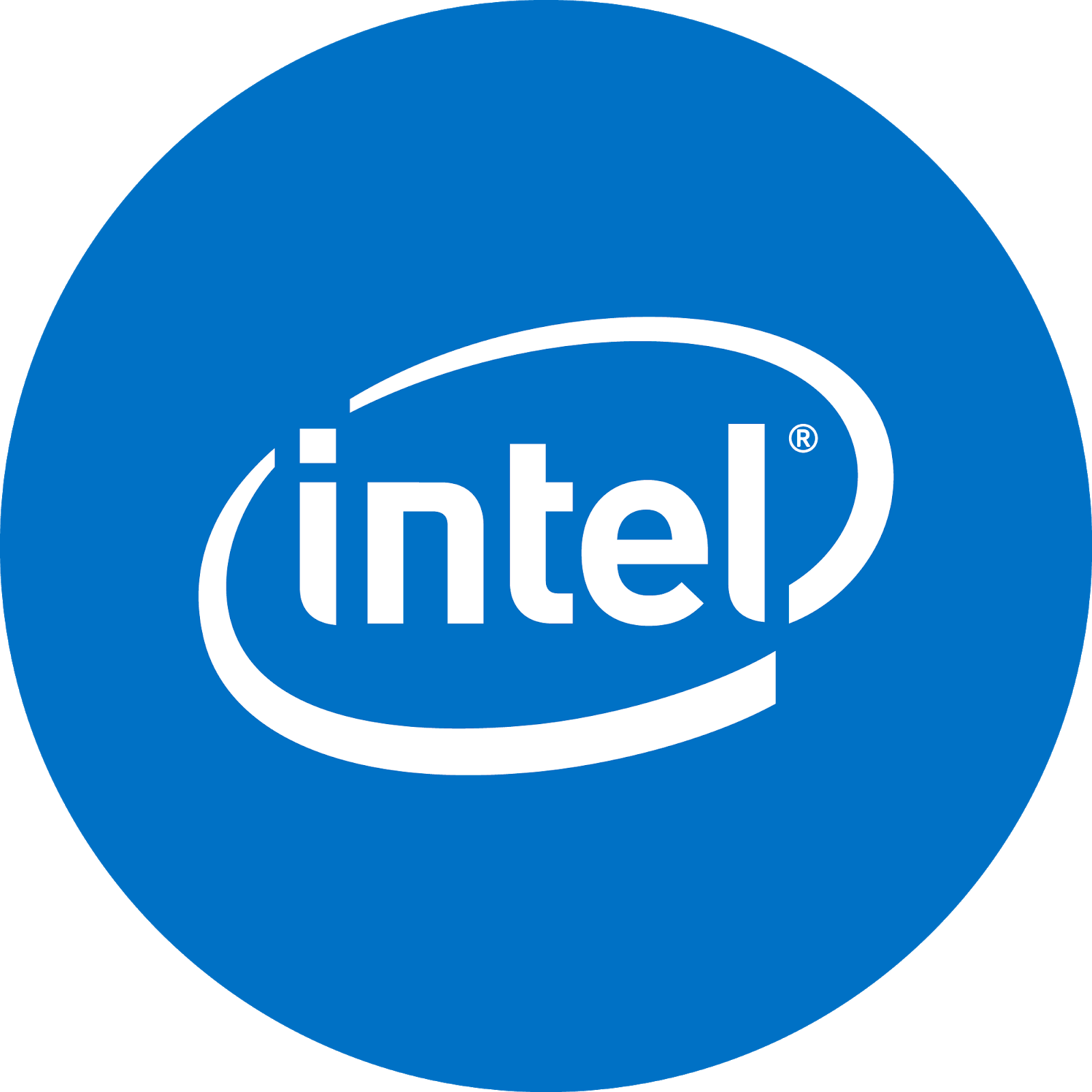The Acute Lymphoblastic Leukemia (ALL) oneAPI Classifier is an open-source classifier programmed using the Intel® Distribution for Python* and trained using Intel® Optimization for TensorFlow* (Tensorflow 2.1). The model is deployed on a Raspberry 4 using Intel® Distribution of OpenVINO™ Toolkit and inference is carried out using the Intel Movidius Neural Compute Stick 2.
DISCLAIMER
This project should be used for research purposes only. The purpose of the project is to show the potential of Artificial Intelligence for medical support systems such as diagnosis systems.
Although the classifier is accurate and shows good results both on paper and in real world testing, it is not meant to be an alternative to professional medical diagnosis.
Developers that have contributed to this repository have experience in using Artificial Intelligence for detecting certain types of cancer. They are not doctors, medical or cancer experts.
Motivation
The motivation for this project came from the interest in exploring how Intel technologies could be used to create an improved version of the Acute Lymphoblastic Leukemia Tensorflow 2020 project.
The goal is to create an improved computer vision model that was capable of detecting Acute Lymphoblastic Leukemia in unseen images of periphial blood samples with high accuracy and efficiency, running a low powered/low resources Raspberry Pi 4.
Acute Lymphoblastic Leukemia
Acute Lymphoblastic Leukemia (ALL), also known as Acute Lymphocytic Leukemia, is a cancer that affects the Lymphoid blood cell lineage. Unlike AML, ALL only affects the white blood cells, namely, Lymphocytes. Lymphocytes include B Cells, T Cells and NK (Natural Killer) cells. ALL is caused by Lymphoid Blasts, or Lymphoblasts, developing into immature Lymphocytes, and an abnormal amount of these immature Lymphocytes are produced. Lymphocytes are white blood cells and play a very important role in the immune system helping to fight off diseases.
Acute Lymphoblastic Leukemia Tensorflow Classifier 2020
The Acute Lymphoblastic Leukemia Tensorflow Classifier 2020 network architecture is based on the proposed architecture in the Acute Leukemia Classification Using Convolution Neural Network In Clinical Decision Support System paper. The model was trained and tested on a selection of different CPUs/GPUs, with the Intel® Core™ i7-7700HQ CPU @ 2.80GHz × 8 and Windows 10 providing the most optimal results.
Acute Lymphoblastic Leukemia oneAPI Classifier 2021
To create the newly improved Acute Lymphoblastic Leukemia oneAPI Classifier 2021 we will take the following steps:
Use the data augmentation techniques proposed in the Leukemia Blood Cell Image Classification Using Convolutional Neural Network by T. T. P. Thanh, Caleb Vununu, Sukhrob Atoev, Suk-Hwan Lee, and Ki-Ryong Kwon.
- Install Intel® Optimization for TensorFlow* on our training device. In the case of this tutorial, a Linux machine with an NVIDIA GTX 1050 Ti was used for training.
- Install Intel® Distribution of OpenVINO™ Toolkit on our inference device. In the case of this tutorial, the model is deployed to a Raspberry Pi 4 for inference.
- Train a model based on the architecture proposed in Acute Leukemia Classification Using Convolution Neural Network In Clinical Decision Support System using ALL_IDB1 from the Acute Lymphoblastic Leukemia Image Database for Image Processing dataset.
- Test the model using commandline and classify unseen data using HTTP requests to a local API endpoint and via the HIAS network.




